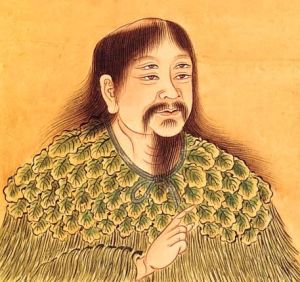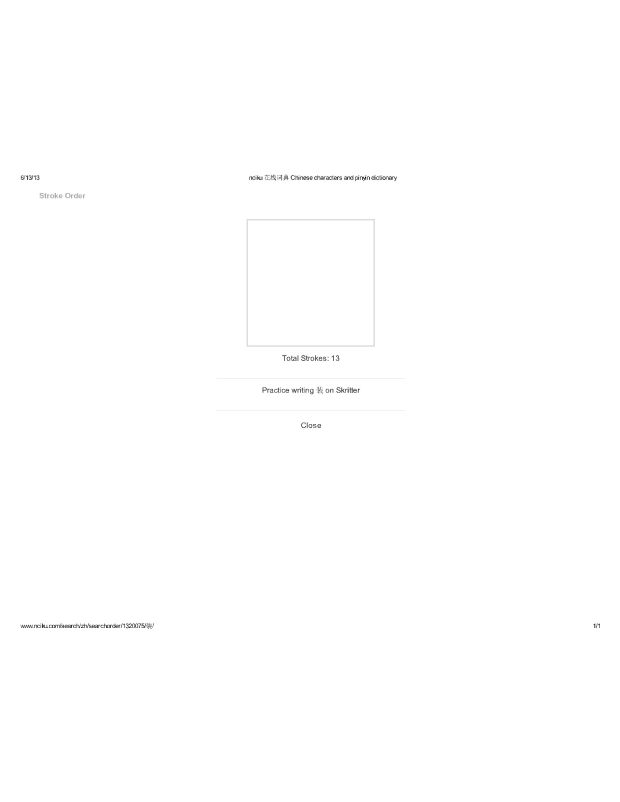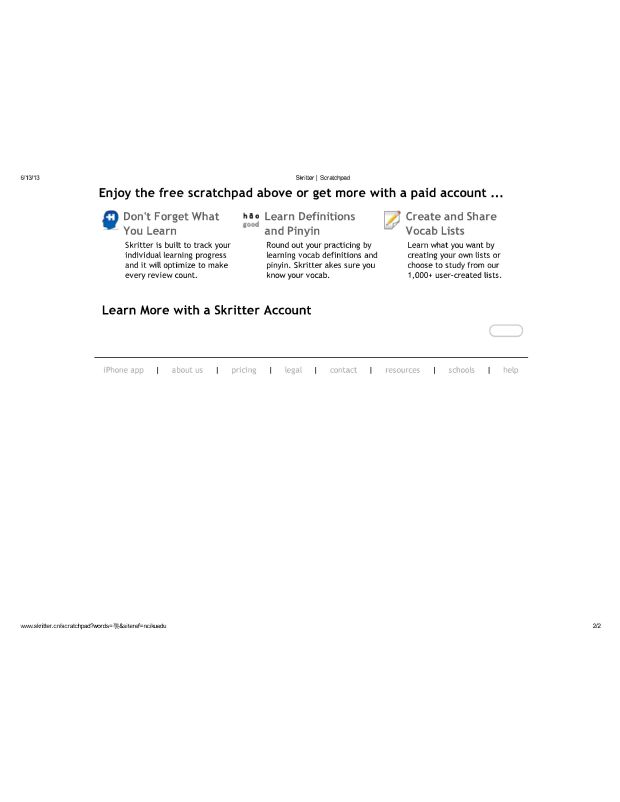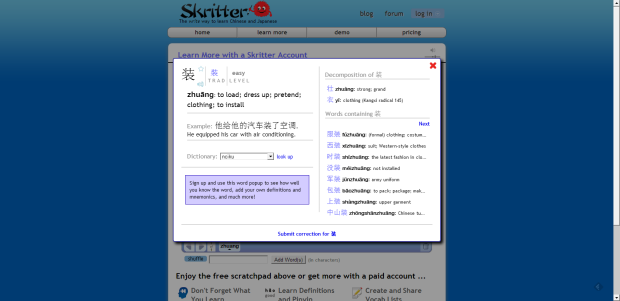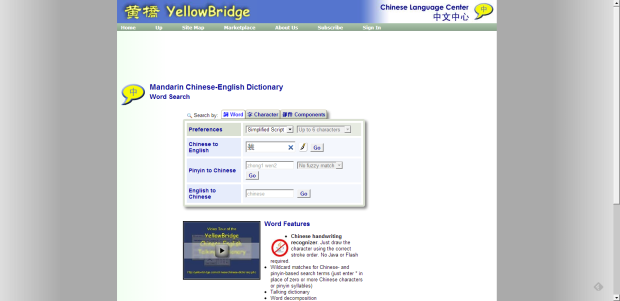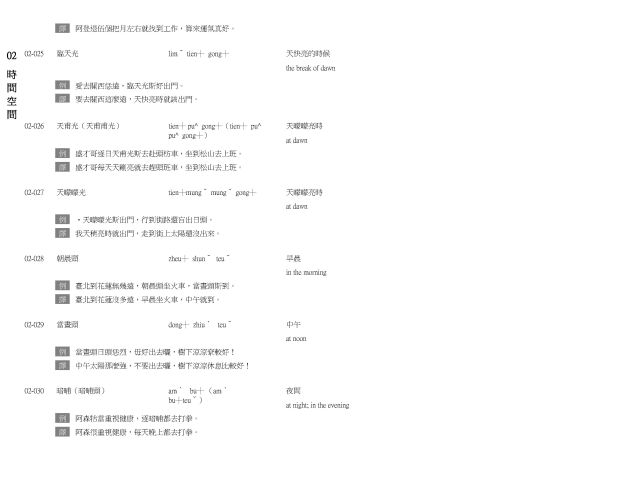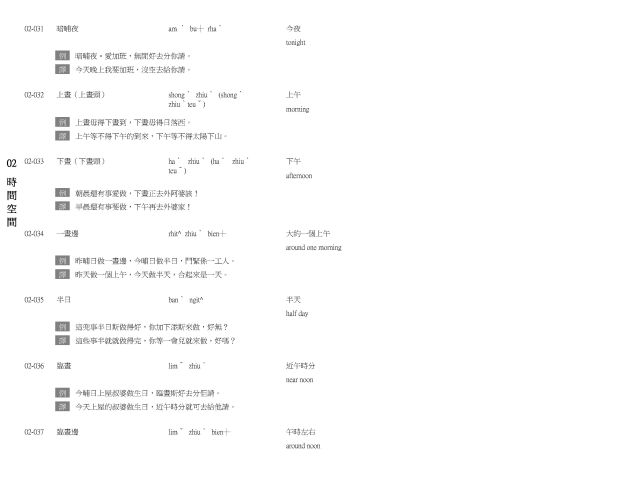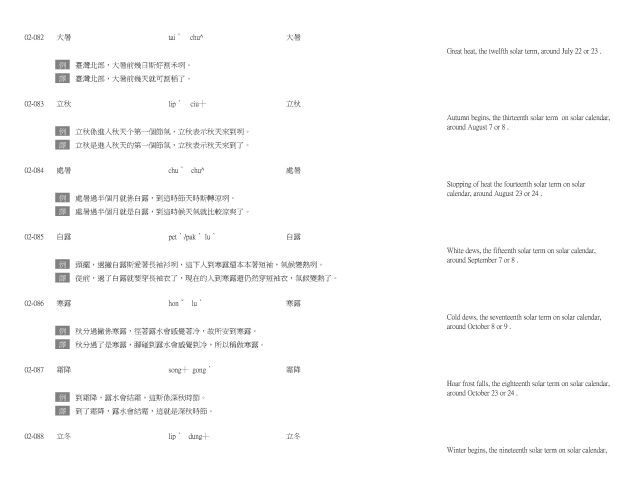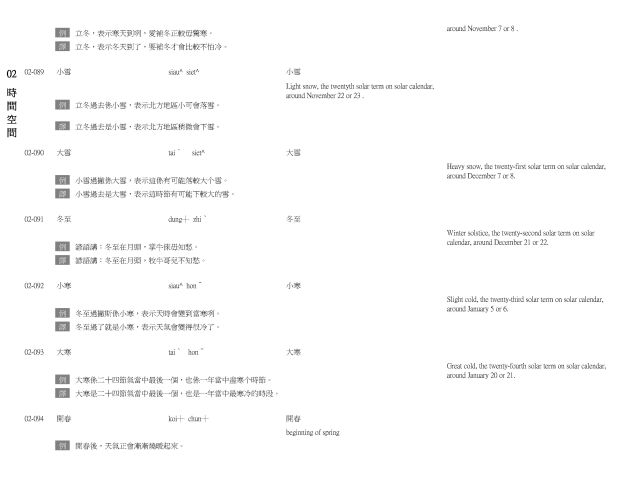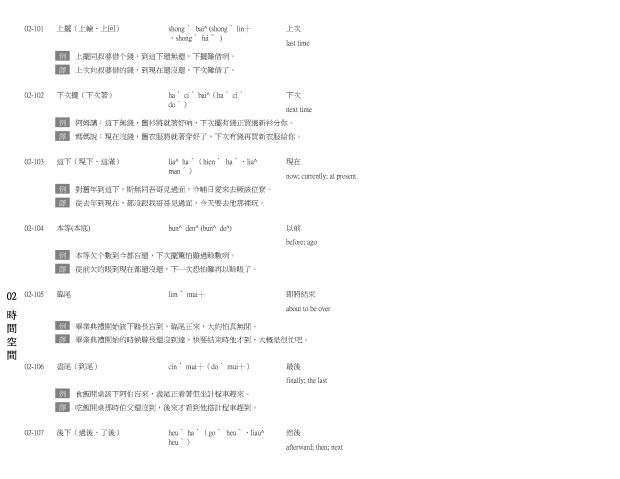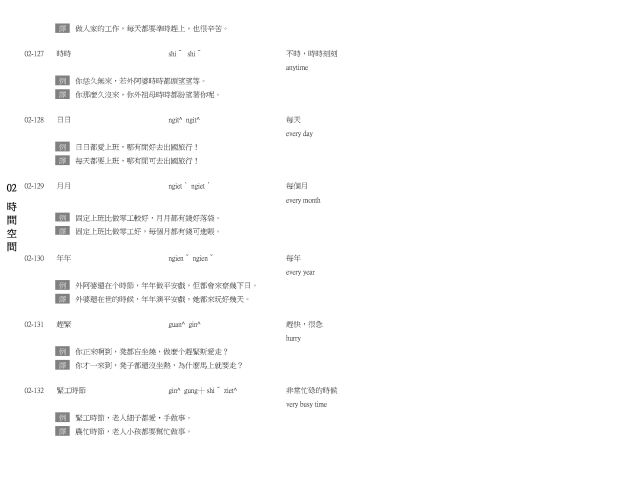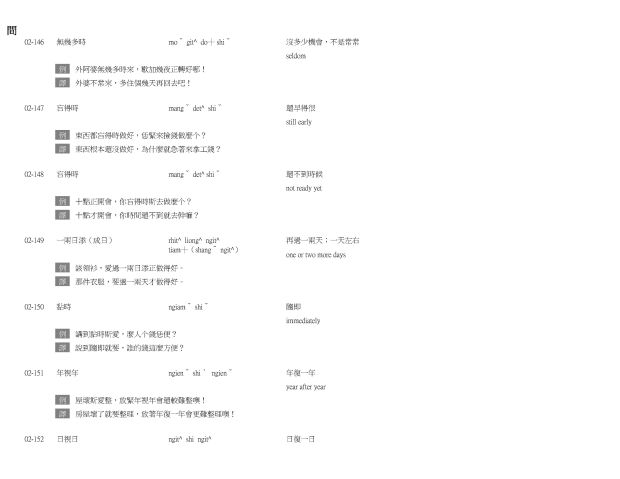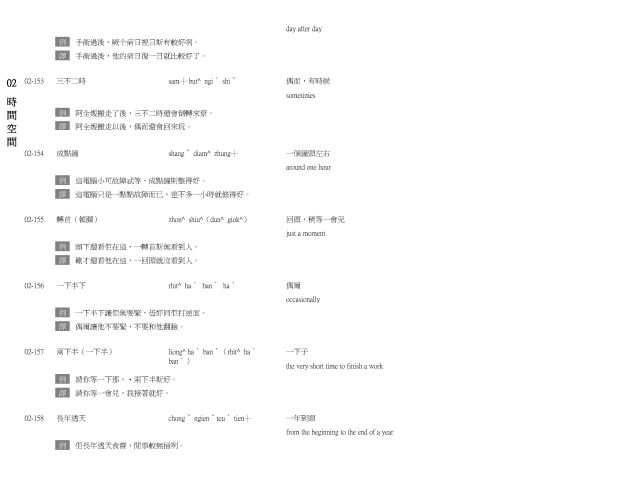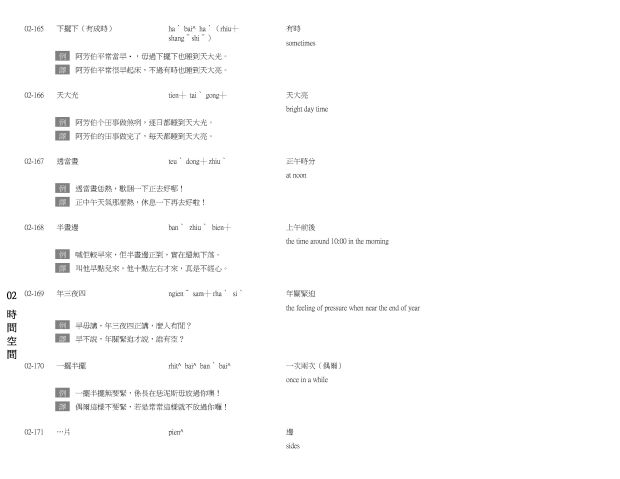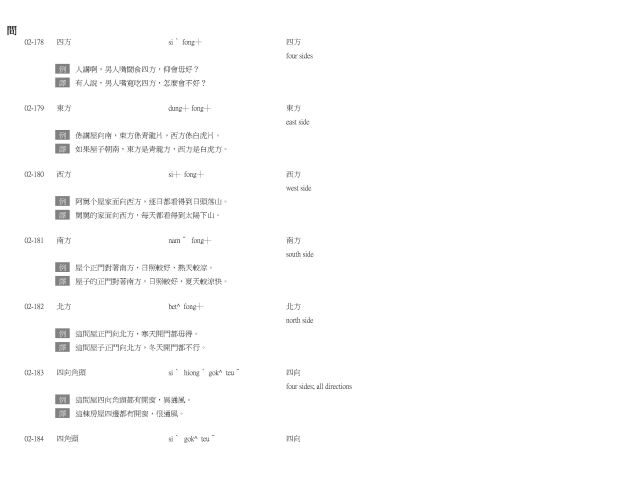This blog is developed to help South African Chinese, who were born in South Africa prior to 1994 – when South Africa changed to Majority rule and their political status changed.
Prior to that, Chinese immigration to Apartheid South Africa was strictly controlled and there was minimal new blood coming into the community from China or Taiwan or other Chinese societies, where mostly southern Chinese had immigrated- with the notable exception of the Taiwanese and to a smaller degree,the Chinese from Mauritius or Hong Kong, who already had family in RSA. After that – relationships with mainland China – The PROK or PRK (People’s Republic of China) exploded via the ANC Connections, especially after the demise of Soviet Communist USSR.
At that point, business exploded with Mandarin speaking and Min/Hokkien speaking Communities and it became an obvious disadvantage not to understand or speak these 2 dialects, and especially not to be fluent with Chinese Characters. A large percentage the locally-born, second generation – had either not been exposed to or forgotten in limited exposure.
By 2012, the number of Chinese in South Africa has risen from about a total of 8,000 to an estimated 300,000, with the majority of new immigrants coming from Fujian and speaking Min.
There are now 2 Chinatowns in Johannesburg, and the newer and busier one is dominated by Min people from Fujian (and to a lesser extent from Taiwan). In addition, there are a prominent group of Koreans and Vietnamese adding to the mix.
It is my impression that learning fluency in Mandarin to more difficult for South African Chinese as compared with the rest of the Chinese Diaspora – because of the limited previous childhood exposure – which non-the-less has distorted the intuitive learning process. We are now conditioned to translate from English to Hakka/Cantonese and then to Mandarin – translation from English to Mandarin being a factor limiting the learning of Mandarin by English speaking nationals, having been a documented hurdle in linguistic circles.
With this is mind, I thought it would be beneficial to approach learning Mandarin by emphasizing what is common and easily extensible from our current knowledge of Hakka or Cantonese with Mandarin – so that we can cut back on the confusion and the learning curve. In other words, understanding the structure of Mandarin instead of rote learning it – if we were complete novices to Chinese.
This results in the corollary of de-emphasizing the tones (which are contextual anyway) – as we have inherently learnt most of it in childhood and extending that knowledge to our learning of Mandarin. Because the Min from Fukien/Fujian have similar but different parallel goals of getting fluent in Mandarin – which has now been Officially adopted by both the PROC and ROC as the official language/dialect – we will only mention Min in passing.
This blog is NOT meant to be a strict structured program to learn Cantonese, Hakka or Mandarin. As explained elsewhere, it is mainly to get the reader past the phrase part of learning Cantonese – and to be able to string sentences and conversation together based on previous knowledge of Cantonese vocabulary (and Hakka) and new vocabulary that the reader learns – AT HIS OR HER OWN PACE. It reflects more my compilation of LEARNING TIPS CULLED FROM READING NUMEROUS SOURCES
New Vocabulary is built off the lessons on the box.net site – and each individual goes at his/her own pace. There are no time limits – and NO EXAMS. The whole goal of this blog is to look at broad principles and GRAMMAR – so that there are certain rules that can be gleaned that help the individual to be able to string phrases together in a structured manner – so that he/she sounds intelligible to a native Cantonese/Hakka and ultimately – Mandarin speaker .
This site is to teach broad grammatical rules – LEARNING A VOCABULARY AND HOW MANY WORDS OR PHRASES YOU CAN MASTER IS TOTALLY UP TO EACH INDIVIDUAL. From those basics – the learner can branch into the 3 major dialects (excluding – now the majority Min/Hokkien of the non-native South African Chinese) of the local SA Chinese, based on what the rest of China and South Wast Asia culturally subsists on – the common Chinese characters.
ANOTHER MAJOR DIFFERENCE:
It has been observed that Chinese-speaking children have very less difficulty learning Chinese characters as compared with adults. This is now recognized to be due to the fact that Chinese children first learn the verbal language and then the slang (street-language) and finally the script or written language. All they have to do, is correlate the character to what they already understand as meanings for the sounds. Adults born and raised on a different home language have to learn the verbal meanings of words as well as the written representation.
With this in mind, this blog will focus on the verbal skills of Hakka and Cantonese first before actually learning Mandarin. And before Mandarin is introduced, the Chinese characters will be introduced – as in Chinese – even though the verbal parts are different, the characters still represent the same meanings – even to the extent of Kanji and Hangul (Japanese Script and Korean script respectively) (Vietnamese (chữ Hán) – at one point) (. Chinese characters are official known as Hanji. The originator of Chinese characters is known as Kan Ji/Cuan Ji – Cangjie (simplified Chinese: 仓颉; traditional Chinese: 倉頡; pinyin: Cāngjié; Wade–Giles: Ts’ang¹-chieh²)

